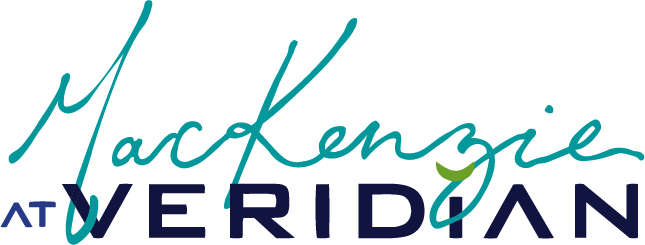How to Write a Strong Annual Report Design Brief
Many annual reports go off the rails before the design process even begins. Deadlines slip, revisions pile up, and staff get frustrated — not because of the design itself, but because there was never a clear brief to guide the work.
A design brief is the roadmap for your annual report. It aligns your team and your designer, clarifies expectations, and saves weeks of back-and-forth. With a strong brief, your report will move smoothly from concept to print, keeping stress levels down and professionalism high.
What Is a Design Brief?
A design brief is not a script. It is a planning document that answers the “what, why, who, and how” of your annual report. Instead of dictating fonts and layouts, it communicates the goals, constraints, and essential information your design partner needs to deliver a donor-ready publication.
Done well, it prevents miscommunication, eliminates guesswork, and ensures that every page reflects your mission with clarity and impact.
The Core Components of an Effective Annual Report Brief
Purpose
Why are you producing this report? Compliance? Donor cultivation? Advocacy? The primary goal shapes everything from tone to format.
Audience
Who needs to read it? Donors, policymakers, members, or the general public? A donor-facing report looks very different from a compliance-driven one.
Theme
What is the unifying idea or story for the year? Reports with a clear theme give designers a narrative thread to carry across the cover, spreads, and supporting materials.
Key Messages
What should readers understand and feel after reading? Identify 3–4 takeaways that every page supports.
Content Sources
Who is responsible for providing stories, photos, and financials? Set clear deadlines so the design team is not waiting until the last minute for essential content. Need help sourcing content from your team? Download The 48-Hour Annual Report Rescue Kit for free email templates on what to ask for.
Tone and Style
Should the report feel formal and authoritative, or warm and approachable? Design language should reflect organizational voice.
Brand Guidelines
Logos, fonts, colors, accessibility requirements. A brief should confirm these so the report aligns with your existing identity.
Format and Length
Decide on trim size, binding, and estimated page count upfront. Most annual reports are long enough to require perfect binding, which means the total page count must be evenly divisible by 16 (for printing signatures). Knowing this early avoids costly reflow late in production.
Special Effects and Print Techniques
Work with a designer who specializes in print. They will know how to balance creativity and budget — recommending cost-effective techniques like spot UV gloss or selective foil on the cover instead of overdesigning every page. The right effects make the report feel special while keeping it on budget.
Timeline and Deadlines
Set milestones for draft reviews, revisions, and final press files. Build in buffer time for approvals and unexpected edits.
Budget Parameters
Designers cannot recommend the right solutions without knowing the financial framework. Include an honest budget range in your brief.
What to Leave Out
A design brief should not be a laundry list of specific fonts or micromanaged layouts. Focus on goals and outcomes, not dictating execution. Your design partner brings expertise — the brief gives them the boundaries to deliver their best work.
Real-World Lessons
We have seen both sides. When an organization comes prepared with a clear brief — purpose, audience, theme, brand guidelines, and page count already outlined — design moves quickly and smoothly. Covers and spreads are approved with confidence, donor sections get prioritized for early release, and the report stays on schedule.
In contrast, projects that come in piecemeal — missing photos, unclear goals, last-minute financials — inevitably fall behind. The result is more stress for the team and less time for design refinements that could elevate the final report.
The Next Step
If you need help pulling your next brief together, download the 48-Hour Annual Report Rescue Kit. It includes a checklist to keep your team organized and email templates to request content quickly and efficiently.
Or, if you want guidance from the start, book a Publication Plan Call. We will help you map your goals, content, and page count into a design-ready plan that sets your report up for success.
A strong design brief is not just a tool for designers. It is a leadership tool. A few hours spent clarifying your purpose, theme, and constraints upfront can save weeks of stress later.
When you choose a designer who specializes in print, understands binding requirements, and knows how to use special effects wisely, your report will not only stay on budget — it will stand out.
Because annual reports are not just about looking back at what you accomplished. They are about showing the world who you are and where you are headed.
48-Hour Annual Report Rescue Kit
Turn last minute chaos into organized action with this emergency toolkit
✔ Quickly score where you’re at in the process with the interactive audit
✔ Copy + paste email templates to delegate tasks and request content
✔ Follow a checklist to make sure nothing important slips through the cracks

